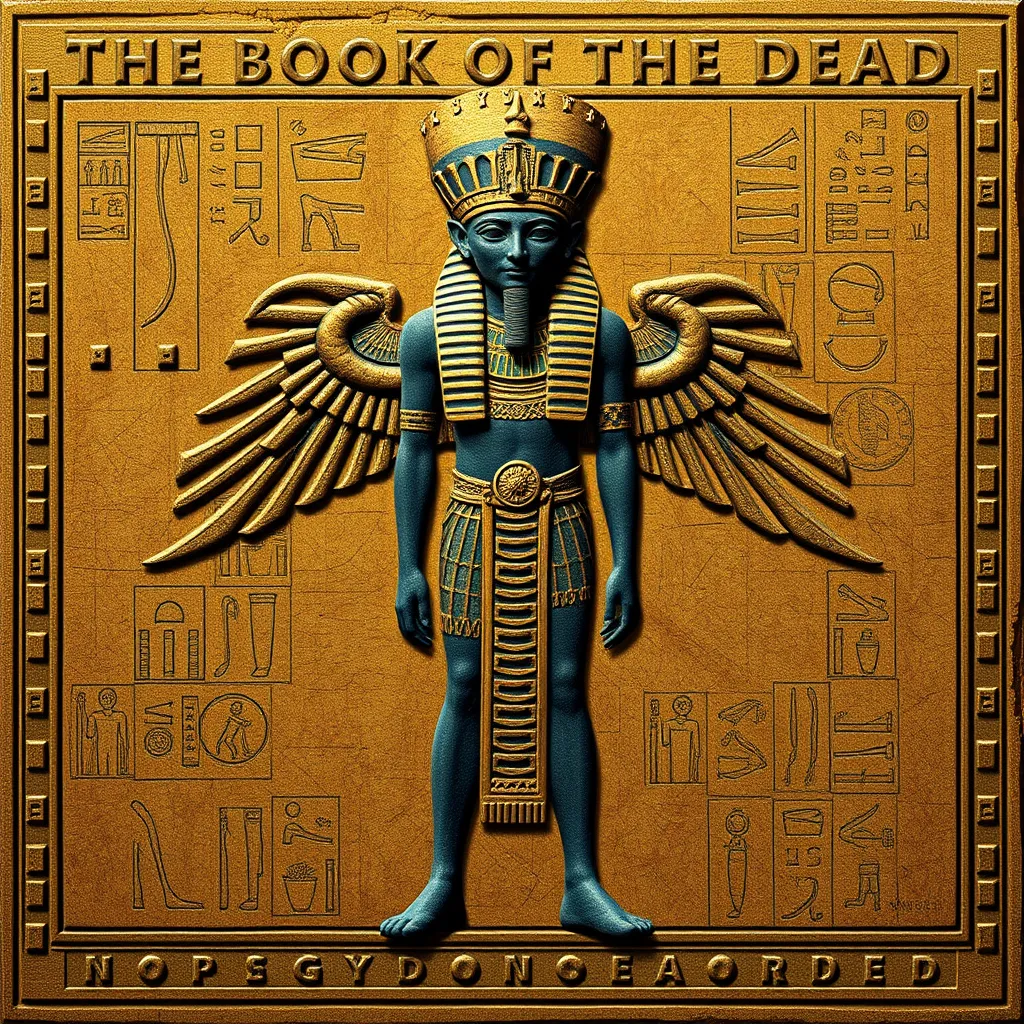The Book of the Dead: A Guide to Ancient Egyptian Mythology
I. Introduction to the Book of the Dead
The Book of the Dead, known in ancient Egyptian as “Coming Forth by Day,” is a collection of spells, prayers, and incantations designed to guide the deceased through the afterlife. This text holds immense significance in understanding ancient Egyptian beliefs and practices surrounding death and the afterlife. It served not only as a guide for the dead but also as a reflection of the values and religious practices of one of history’s most fascinating civilizations.
Historically, the Book of the Dead originated during the New Kingdom period of ancient Egypt, around 1550 BCE, and it evolved from earlier funerary texts such as the Pyramid Texts and the Coffin Texts. The text was typically inscribed on papyrus scrolls and placed in tombs, indicating its importance in funerary rituals and beliefs about the afterlife.
In ancient Egyptian culture, the Book of the Dead served multiple purposes. It was a means to ensure safe passage through the dangers of the afterlife, to provide comfort to the deceased, and to affirm the belief in resurrection and eternal life.
II. The Structure of the Book of the Dead
The physical form of the Book of the Dead varied greatly, with different versions existing for different individuals. These texts were often customized and included personal prayers and spells tailored to the deceased’s needs. Typically, the Book of the Dead was written on papyrus scrolls, which could be several meters long, and was adorned with colorful illustrations.
Key components of the Book of the Dead include:
- Spells: These are the core elements, designed to aid the deceased in various situations they might encounter in the afterlife.
- Prayers: These often invoke the protection and favor of the gods.
- Illustrations: Artistic depictions that complement the text, providing visual narratives that guide the soul.
Personalization played a crucial role in ancient burial practices, as each individual’s Book of the Dead was tailored to reflect their unique life experiences, beliefs, and aspirations for the afterlife. This customization allowed the deceased to have a personal connection to the text and the divine.
III. Major Themes and Concepts
The Book of the Dead encompasses several major themes and concepts central to ancient Egyptian mythology:
- The Afterlife and the Journey of the Soul: The text vividly depicts the journey the soul must undertake after death, involving various trials and tribulations.
- Judgment and the Weighing of the Heart: A pivotal moment in the afterlife is the weighing of the heart against the feather of Ma’at, representing truth and justice. This determines the deceased’s fate.
- The Role of Gods and Goddesses: Numerous deities are invoked throughout the text, each playing a significant role in the afterlife and the journey of the soul.
IV. Key Deities in the Book of the Dead
Several deities are particularly important in the context of the Book of the Dead:
- Osiris: The god of the afterlife, Osiris represents resurrection and the promise of life after death. He is often depicted as a mummified king.
- Anubis: The guide and protector of the dead, Anubis is depicted as a jackal or a man with a jackal’s head. He oversees the embalming process and the journey to the afterlife.
- Ma’at: The embodiment of truth and justice, Ma’at is represented as a feather. The weighing of the heart against her feather is crucial for determining the fate of the soul.
V. Spells and Their Significance
Spells in the Book of the Dead serve various purposes, including protection, guidance, and empowerment for the deceased. Common spells address the fears and challenges that may arise during the journey after death.
Some examples of spells include:
- Spells for protection from malevolent forces.
- Spells that provide guidance to navigate through the afterlife.
- Spells requesting blessings from the gods.
The role of these spells is to ensure a safe passage to the afterlife, allowing the deceased to overcome obstacles and achieve eternal life.
VI. Symbolism and Art in the Book of the Dead
The Book of the Dead is renowned for its rich symbolism and artistic depictions. Iconic imagery includes:
- The Ankh: Symbol of life and immortality.
- The Djed Pillar: Represents stability and resurrection.
- The Scarab Beetle: Symbolizes transformation and rebirth.
The interplay between text and illustration is crucial, as the art enhances the narrative and spiritual messages conveyed in the spells. This visual storytelling plays a vital role in conveying mythological narratives, making the text accessible to the deceased and their loved ones.
VII. Influence on Later Cultures and Literature
The Book of the Dead has had a profound impact on subsequent religions and literary traditions. Its themes of judgment, resurrection, and the afterlife resonate in various cultures throughout history.
Comparisons can be drawn with other ancient texts, such as:
- The Epic of Gilgamesh: Explores the theme of immortality and the human quest for eternal life.
- Greek Mythology: Includes concepts of the afterlife, judgment, and the role of deities.
Modern interpretations and adaptations continue to explore the significance of the Book of the Dead, influencing literature, art, and popular culture.
VIII. Conclusion
The Book of the Dead is vital for understanding ancient Egyptian mythology, offering insights into their beliefs about death, the afterlife, and the divine. Its rich symbolism, personalized texts, and profound themes continue to captivate and inspire.
The legacy of the Book of the Dead endures, encouraging exploration of ancient Egyptian culture and beliefs, reminding us of the universal quest for understanding life, death, and what may lie beyond.




